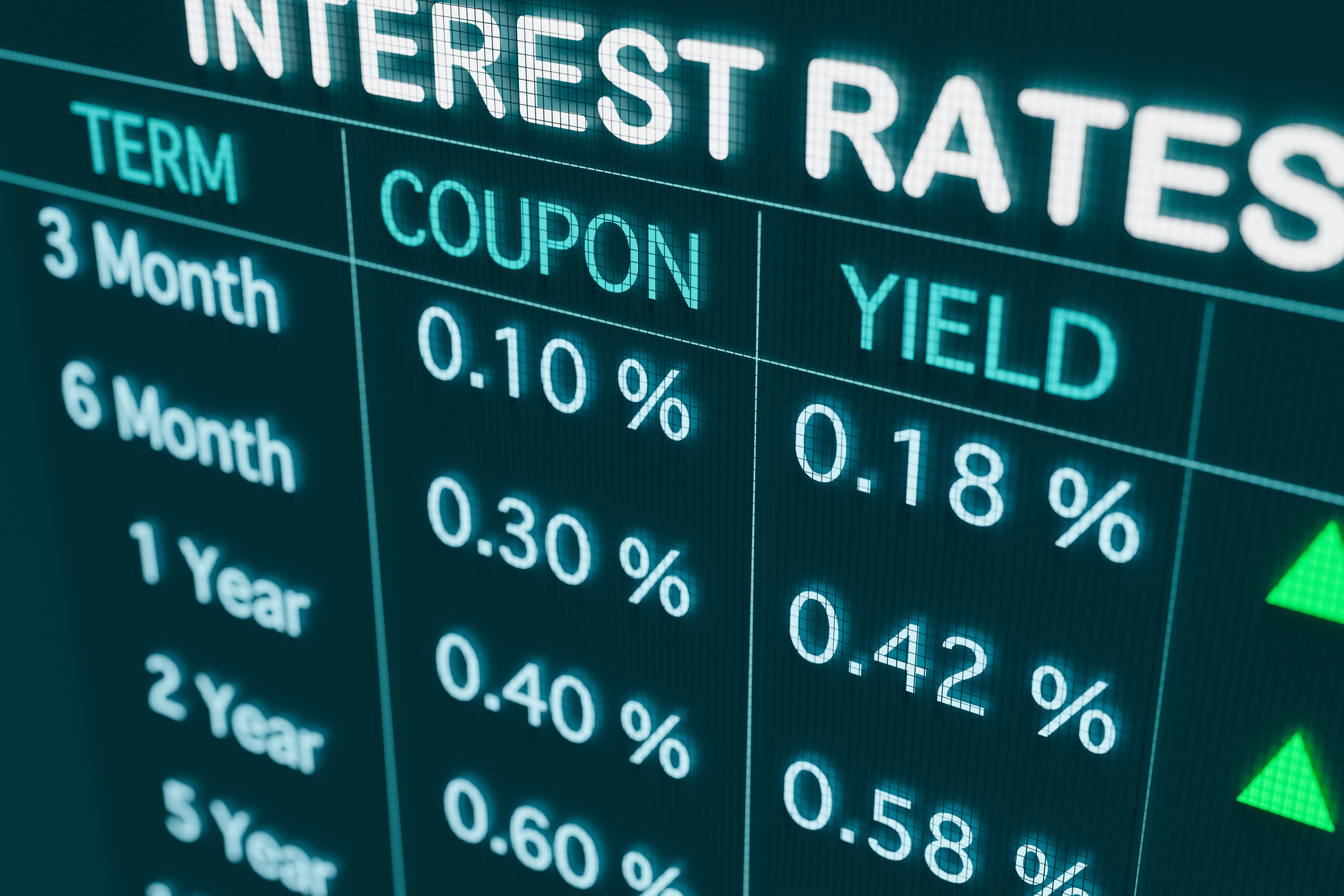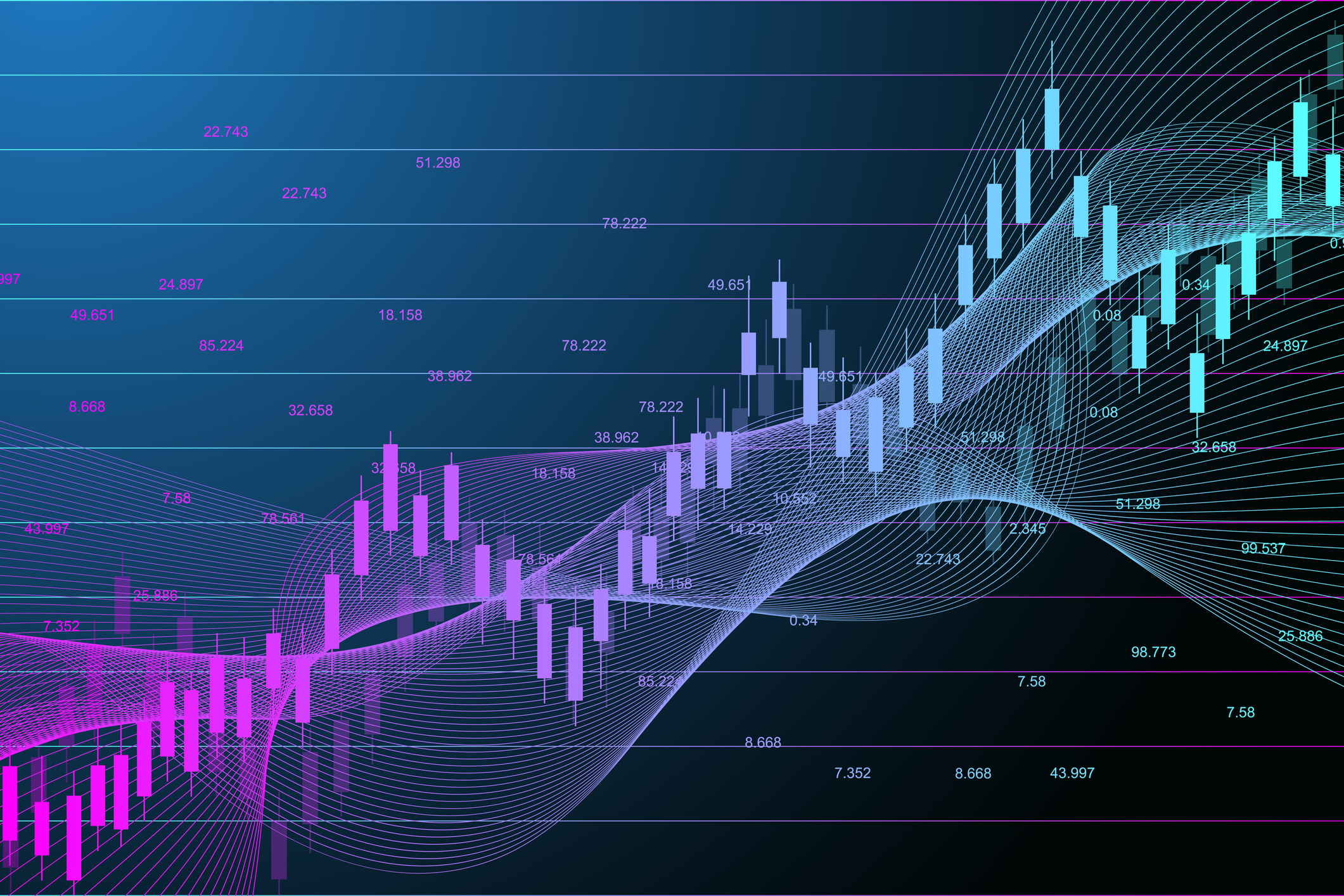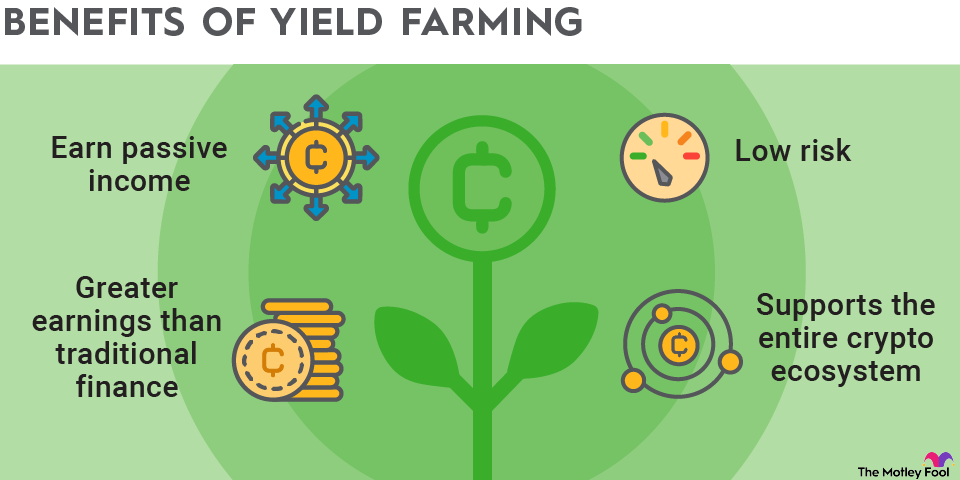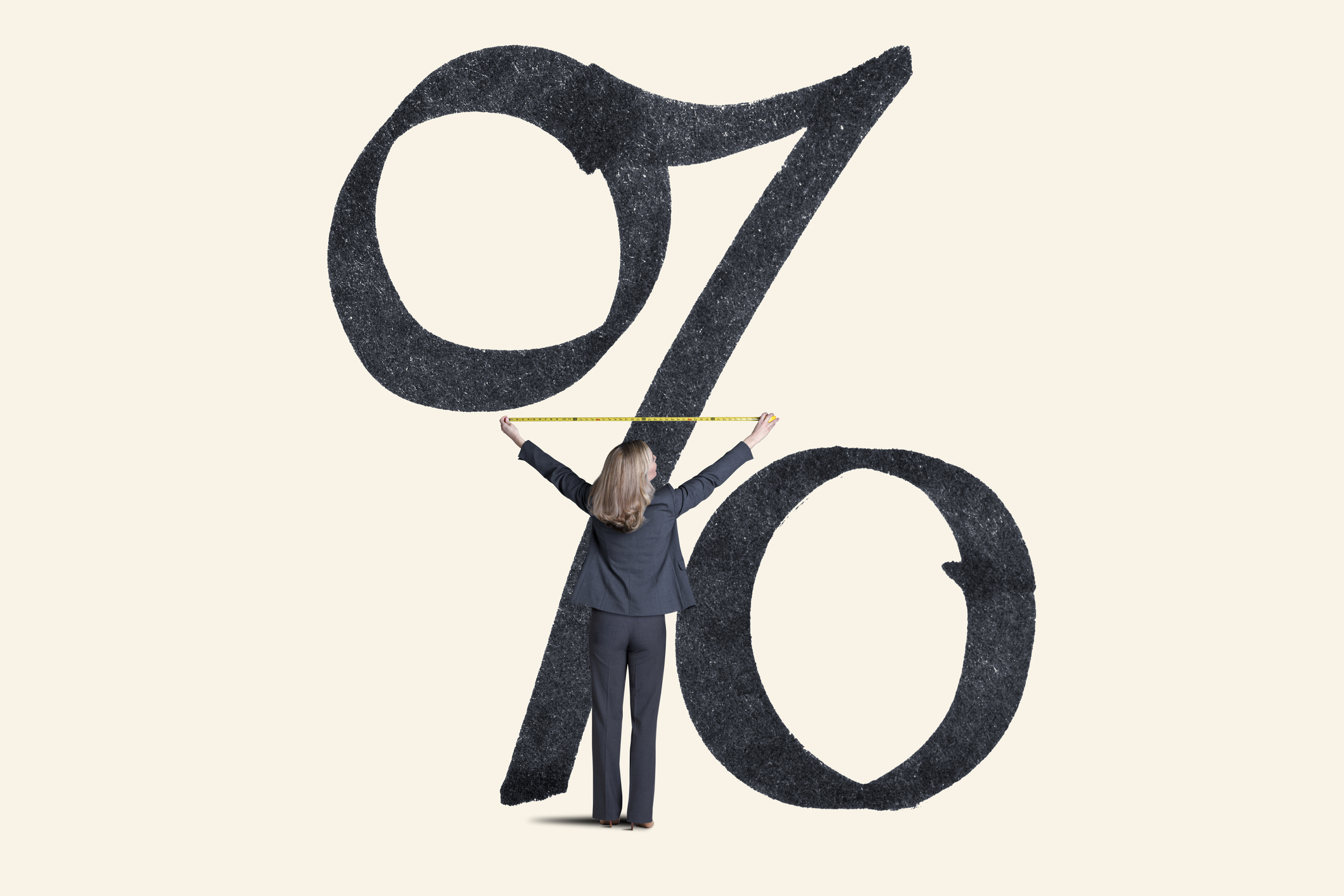If you're a dividend investor, you may be tempted to pick stocks with the highest yield. Do so with caution, though. An unusually high dividend could be a sign of a yield trap. Learn more about yield traps and some common red flags.
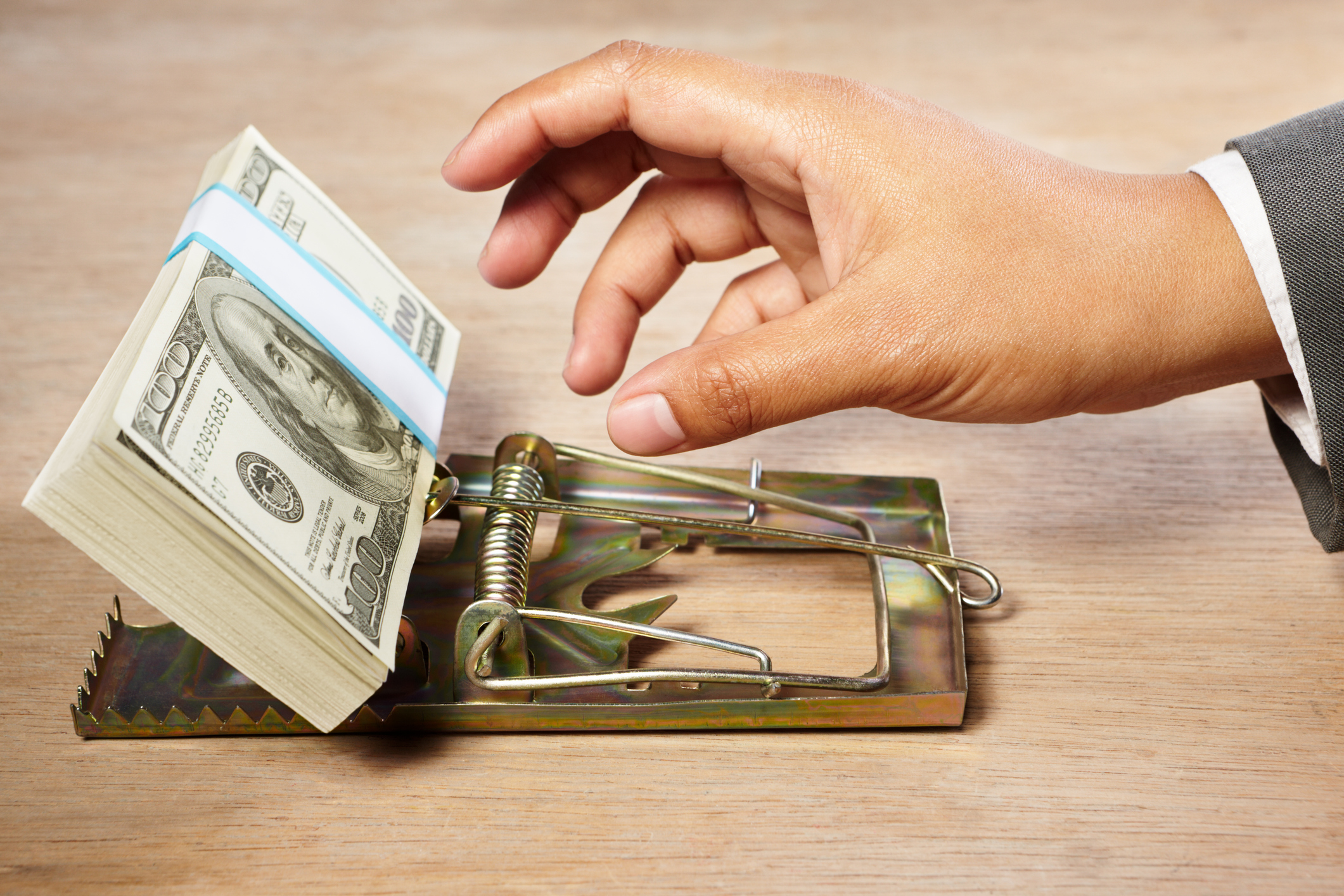
What is a yield trap?
Well-established companies often distribute part of their profits to shareholders through dividend payments. Yields can vary widely by sector, but in December 2024, the S&P 500 index had a dividend yield of 1.27%.
A yield trap is a stock that pays an exceptionally high dividend, but the high yield masks significant risks. If its underlying financials can't sustain the dividend in the long term, the company could be forced to reduce its dividend or cut it altogether. Sometimes, a yield trap is called a value trap.
Yield traps often occur when a company's stock price is dropping. Say, for example, that you bought a stock for $100 that paid an annual dividend of $3, giving you a yield of 3%. But due to poor earnings reports and concerns that the company is losing market share, its stock price has dipped to $60. If the company maintains its dividend, its yield is now 5%.
If you're chasing the highest yield, that stock may look attractive. But in this case, the high yield is due to the slumping stock price, and the company's dividend may not be sustainable.
Warning signs of a yield trap
There are several warning signs that an investment could be a yield trap. Look for these red flags:
High payout ratio
A dividend payout ratio is a company's total annual dividend payments divided by its annual earnings. For example, if a company earns $50 million and makes $20 million in dividend payments, its payout ratio is 40%. Payout ratios vary widely by industry, but historically, a safe payout ratio has been in the 30% to 55% range.
A high payout ratio often isn't sustainable. Be especially cautious if a company's payout ratio is higher than 100%, because that means it's paying out more in dividends than it's raking in.
Falling stock price
Yields move inversely to stock prices, so if a stock's price drops dramatically, it will push up the dividend yield. Sometimes, a steep price drop presents an opportunity to pick up an undervalued stock. But before you invest, examine the company's fundamentals. Make sure you're not just investing to earn a high yield.
Rising debt
If a company has growing debt or its debt levels are unusually high compared to similar companies, it may not be able to sustain its dividend. To get a snapshot of a company's debt load, you can calculate its debt-to-equity ratio by dividing its total debt by total shareholder equity. (You can find this information on the company's balance sheet.) As with other financial ratios, this number is most useful when you compare it against companies in the same industry.
Weak cash flow
Declining free cash flow or negative cash flow indicates that there's less money available to pay dividends. If a company has to borrow money or sell assets to continue dividend payments, it's a sign that the dividend may not be sustainable in the long run.
How to avoid value traps
Avoiding value traps mostly boils down to doing your due diligence. Here's how to avoid getting snared in a yield trap:
- Be skeptical of any company that has an unusually high yield compared to its peers.
- Look for businesses that are growing their revenue and earnings, have manageable levels of debt, and that don't have unusually high payout ratios.
- Though past dividend history doesn't guarantee future dividends, look at the past five to 10 years of dividend payments to see if the business has ever slashed its dividend.
- Consider dividend ETFs instead of dividend stocks. Because you're spreading out your risk across many different companies, there's less danger compared to individual stocks.
Related investing topics
Example of a yield trap: Frontier Communications
When the Frontier Communications (FYBR +0.08%) board declared a $0.60 per share dividend in December 2017, it raised alarm bells for many investors. That dividend worked out to a shockingly high yield of 29%. The company was rapidly losing subscribers, and its share price had tanked by more than 85%.
Frontier suspended its dividend in early 2018, allocating about $250 million in additional funds toward debt reduction. The company later filed for Chapter 11 bankruptcy in April 2020.
Frontier emerged from bankruptcy later in 2020. It went public again in 2021 and now trades on the NASDAQ exchange.
